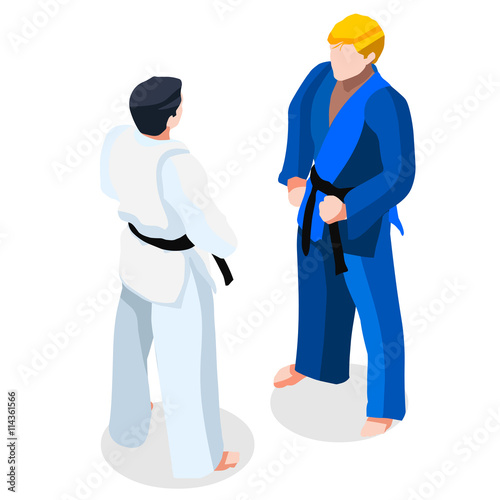The Advancement And Historic Relevance Of Martial Arts Across Different Cultures
The Advancement And Historic Relevance Of Martial Arts Across Different Cultures
Blog Article
Created By-Egeberg Workman
Martial arts have an interesting background that extends centuries and continents. You could discover it appealing how old techniques like Shuai Jiao and Kalaripayattu laid the groundwork for modern battle methods. These techniques not only emphasize physical skills but likewise show the societies that birthed them. As you explore their evolution, think about just how globalization has transformed these standard kinds right into crossbreed styles. What where is bully set do you assume have shaped today's martial arts landscape?
Ancient Martial arts: The Foundations of Battle
As you explore the world of ancient martial arts, you'll discover the rich foundations that formed combat methods across cultures. Early practices concentrated on Self-Defense and survival, usually including strikes, hurting, and weapons.
In ancient China, for example, strategies like Shuai Jiao stressed tosses and joint locks, while India's Kalaripayattu showcased agility and liquid movement. Japanese samurai created Kenjutsu, a polished swordsmanship that highlighted discipline and technique.
These martial arts served not just for battle yet additionally as a way of individual advancement, instilling values like respect and perseverance. The blending of these methods gradually prepared for the diverse martial arts you see today, each showing the one-of-a-kind approaches and requirements of its culture.
The Cultural Influence on Martial Arts Development
While martial arts often mirror the practical needs of a society, they additionally symbolize the social values and beliefs of their origins. When you explore various martial arts, you'll notice exactly how they're influenced by religious beliefs, ideology, and social standards.
As an example, the emphasis on respect and technique in Japanese martial arts stems from Zen Buddhism and samurai culture. In contrast, Brazilian Jiu-Jitsu advertises flexibility and method, formed by the need for performance in a diverse, modern setting.
You may find that the rituals, attires, and training methods reflect an area's background and identification. By comprehending these social influences, you grow your recognition of martial arts and their role in shaping human experiences across the globe.
Modern Adaptations and the Globalization of Martial arts
Martial arts have changed considerably in current decades, adapting to modern society and international influences. You'll discover that traditional forms have blended with contemporary techniques, developing hybrid styles like MMA. link web page accommodate varied audiences, making martial arts obtainable and attractive worldwide.
With when can kids start martial arts of social media sites and electronic systems, you can find tutorials and competitors from all edges of the globe, breaking geographical obstacles. This globalization has actually led to a common admiration for various disciplines, from Brazilian Jiu-Jitsu to Taekwondo.
As you engage with these arts, you'll recognize they're not just about fight; they advertise fitness, discipline, and psychological well-being.
Inevitably, modern-day adaptations have actually enriched the martial arts landscape, making it a dynamic and advancing method.
Verdict
In checking out the background and development of martial arts, you discover a remarkable blend of techniques, cultures, and ideologies. From what are mixed martial arts -controls like Shuai Jiao and Kalaripayattu to the contemporary versatility seen in MMA, martial arts mirror humanity's pursuit for Self-Defense and individual development. As you engage with these methods, you not only gain abilities however additionally a much deeper recognition for the diverse practices that form our world today. So, continue your trip and accept the art of battle!
